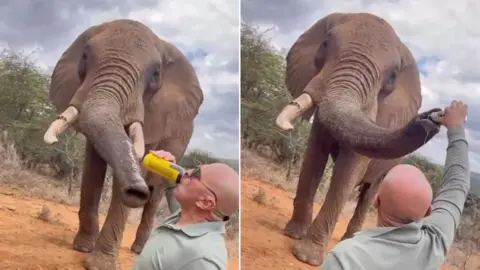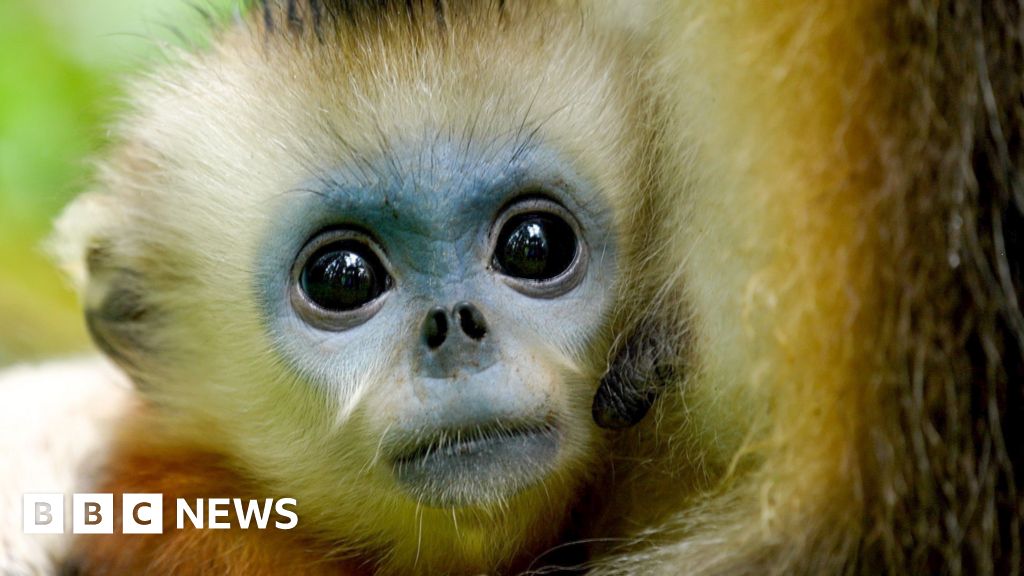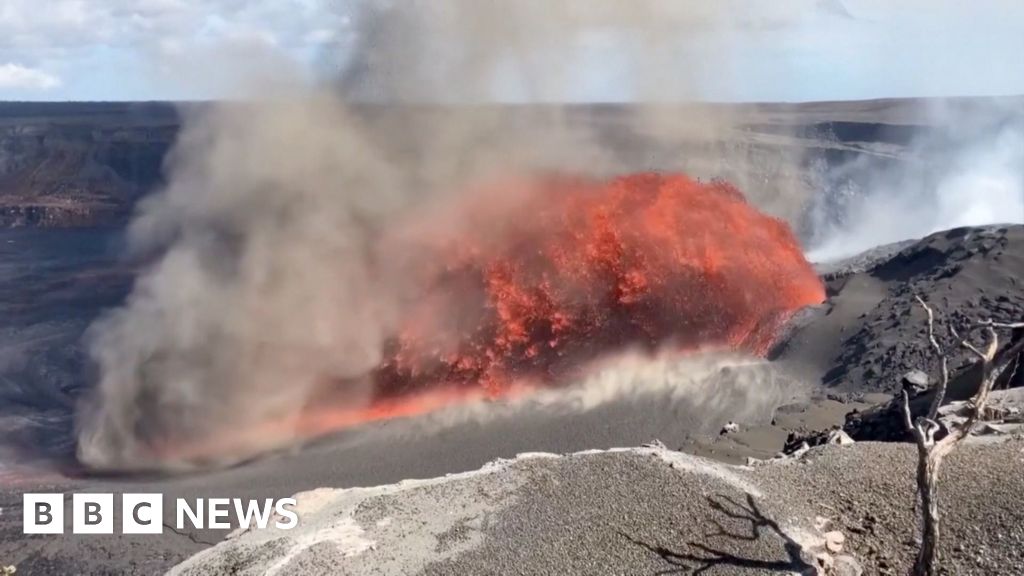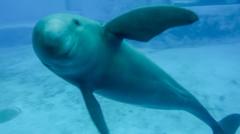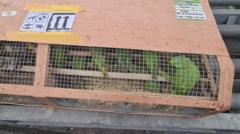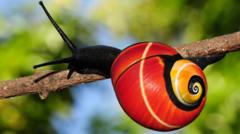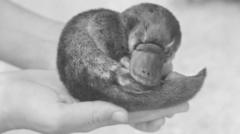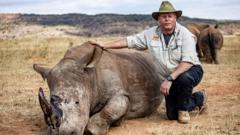Efforts to restore the Hawaiian crow, known as ʻalalā, are underway as researchers release a group of five young birds to test a new reintroduction strategy. These glossy black birds, among the last of their kind, face a precarious future as their species has been extinct in the wild for two decades. The release occurred on Maui instead of their native Big Island, where previous reintroduction attempts were thwarted by hawk predation.
As the aviary doors opened, the birds hesitated but remained alert, reflecting the cautious approach wildlife officials are adopting. With a mere 110 ʻalalā left globally, scientists view this release as a critical step in reestablishing the species in their natural habitat. Ecologist Alison Greggor, involved in the initiative, emphasized the birds are now symbols of hope for the future of the species.
Past reintroduction efforts saw some success, with birds surviving for over a year after release. However, the challenges of hawk attacks, among other dangers, ultimately led to the return of the last survivors in 2020. By moving the reintroduction efforts to Maui, scientists aim to protect the crows from predatory hawks and pave the way for a sustainable future where they can eventually return to the Big Island. The journey to recover the ʻalalā is fraught with challenges, but each step forward represents a renewed hope for the endangered species.
As the aviary doors opened, the birds hesitated but remained alert, reflecting the cautious approach wildlife officials are adopting. With a mere 110 ʻalalā left globally, scientists view this release as a critical step in reestablishing the species in their natural habitat. Ecologist Alison Greggor, involved in the initiative, emphasized the birds are now symbols of hope for the future of the species.
Past reintroduction efforts saw some success, with birds surviving for over a year after release. However, the challenges of hawk attacks, among other dangers, ultimately led to the return of the last survivors in 2020. By moving the reintroduction efforts to Maui, scientists aim to protect the crows from predatory hawks and pave the way for a sustainable future where they can eventually return to the Big Island. The journey to recover the ʻalalā is fraught with challenges, but each step forward represents a renewed hope for the endangered species.










